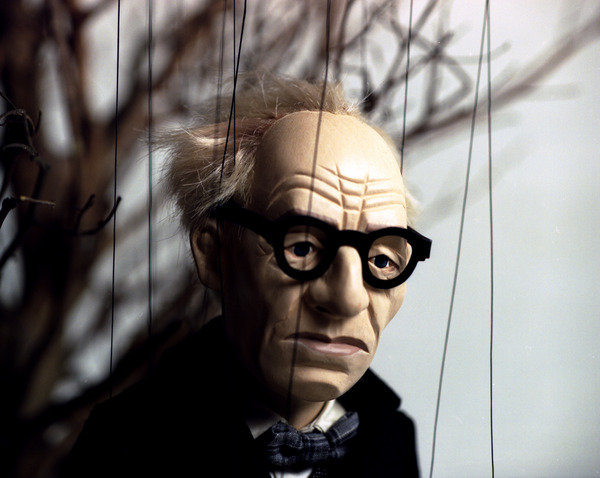Pierre Huyghe
dal 21/1/2011 al 30/4/2011
Segnalato da
21/1/2011
Pierre Huyghe
Kunstmuseum Basel, Basel
The Works of the Collection. The films and video installations created by the New York-based artist explore the tensions between different levels of reality and temporal planes. The exhibition features three important video by the French artist: Atlantic (1997), L'Ellipse (1998), and This is not a Time for Dreaming (2004). The Offentliche Kunstsammlung Basel acquired these works between 2004 and 2007, with partial funding support from the Petzold-Muller Foundation.

Curated by Nikola Dietrich
The films and video installations created by the New York-based artist Pierre Huyghe (*1962 in Paris), explore the tensions between different levels of reality and temporal planes. Huyghe draws on the classical vocabulary of film in order to examine its narrative structures and temporal processes. By directing our attention to the fractures, ellipses, and cuts, he at once demystifies all cinematic illusion, undermining the cinema’s mechanisms of production.
The Museum für Gegenwartskunst is delighted to present this exhibition in two parts featuring three important video by the French artist: Atlantic (1997), L’Ellipse (1998), and This is not a Time for Dreaming (2004). The Öffentliche Kunstsammlung Basel acquired these works between 2004 and 2007, with partial funding support from the Petzold-Müller Foundation.
Huyghe's works explore the tensions between different planes of reality and time. He employs the classical vocabulary of film in order to examine the medium's narrative and temporal structures. By drawing attention to sites of fracture, ellipses, and cuts, however, he at once demystifies all cinematic illusion and reveals the cinema's productive mechanisms.
An illustrative example is the work Atlantic, created in 1997, which consists of a simultaneous projection of three versions of E. A. Dupont's 1929 Atlantic, a movie about the sinking of the Titanic. Dubbing had not yet been invented in the early days of sound film, and so Atlantic was shot separately in English, German, and French, on the same set but with different casts. Because individual scenes are of different length in the three versions, their juxtaposition creates constant forward and backward shifts between them: as one screen still shows unsuspecting passengers dancing, the dramatic demise of the ship is already in full swing on another screen.
The video work L'Ellipse, created in 1998, likewise consists of three videos projected in juxtaposition. The two projections on the sides show scenes from Wim Wenders's An American Friend (1977) separated by "jump cuts." Huyghe then fills the narrative blank between these two scenes by having the original movie's lead actor, Bruno Ganz, reappear twenty years later to reenact the "missing" sequence.
Another video work is This is Not a Time for Dreaming, the result of a project realized in 2004. Huyghe was invited to produce a work about the only building by Le Corbusier in North America, the Carpenter Center for the Visual Arts at Harvard University. He staged a satirical-ironic puppet show in which all actors—including the curators, the university's dean, Le Corbusier, and Huyghe himself—appear together in the present.
Image: Pierre Huyghe, "This is Not a Time for Dreaming", 2004
Press Office: Christian Selz, Tel. 0041 (0) 61 2066206 pressoffice@kunstmuseumbasel.ch
Opening 22 Jenuary 2011
Kunstmuseum Basel, Museum für Gegenwartskunst
St. Alban-Rheinweg 60, CH-4010 Basel
Opening Hours Tue - Sun 11 a.m. - 6 p.m.
closed on Monday



